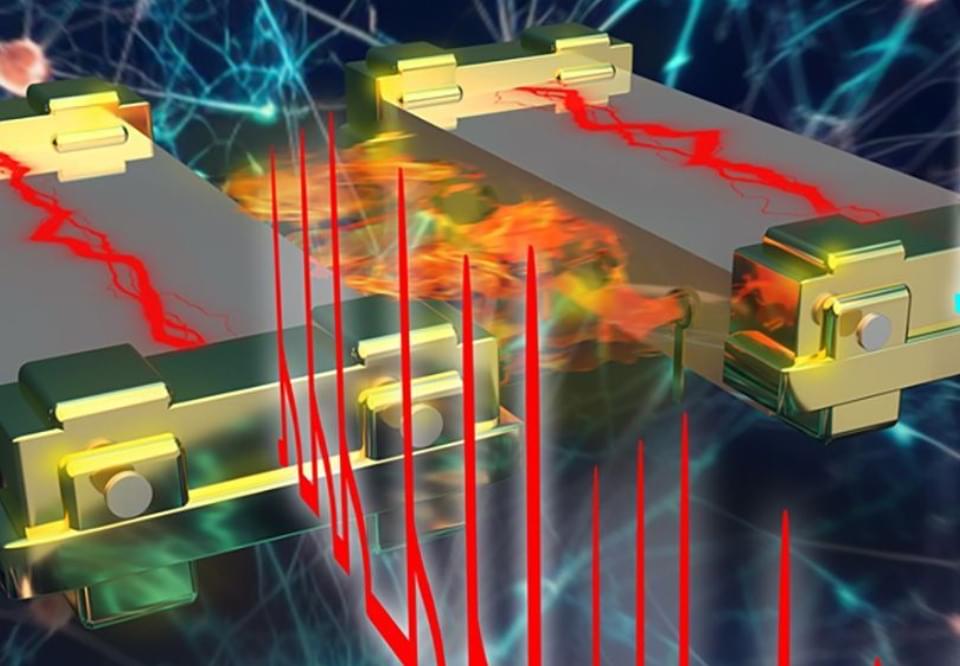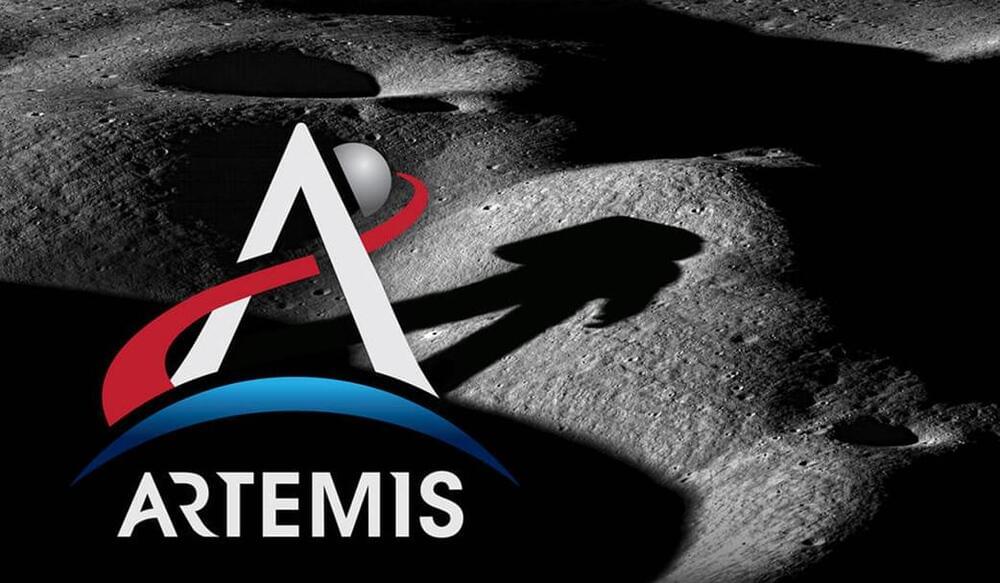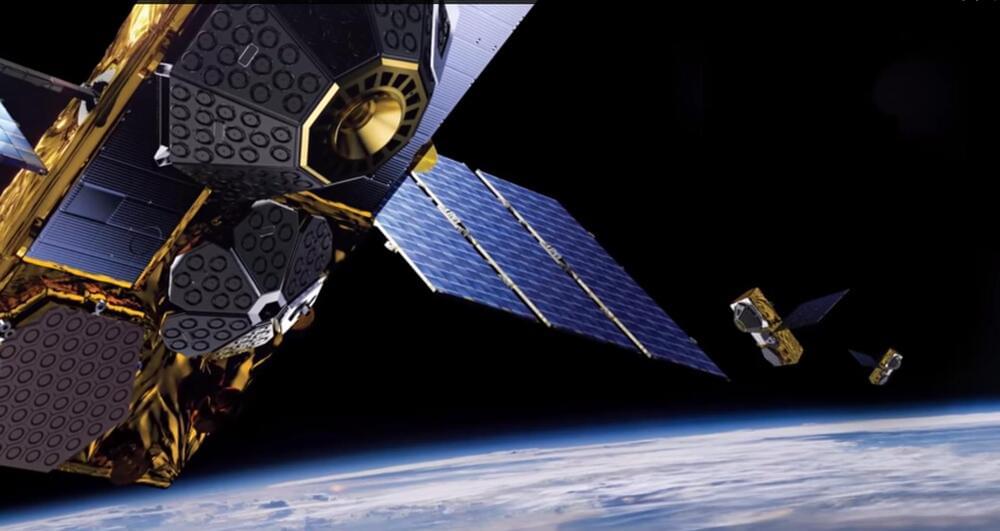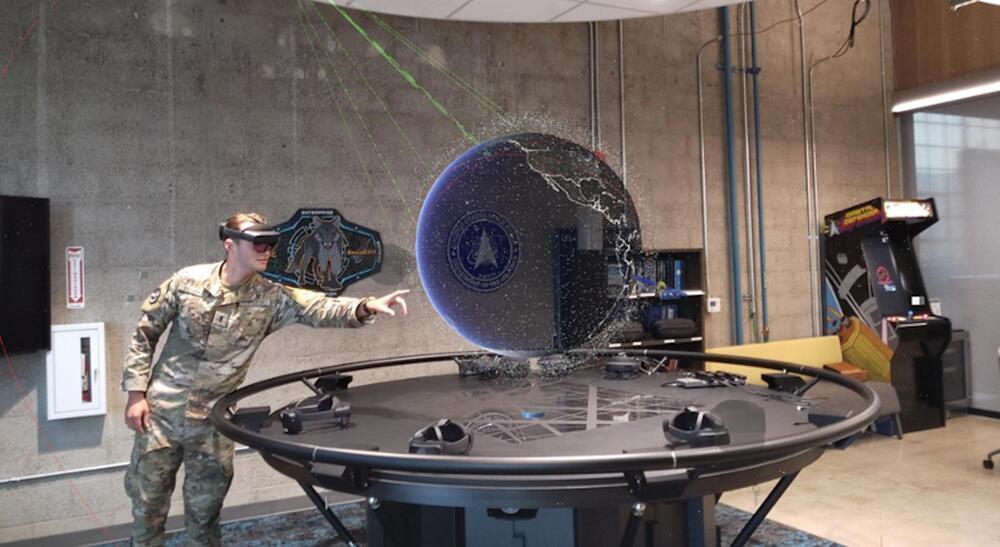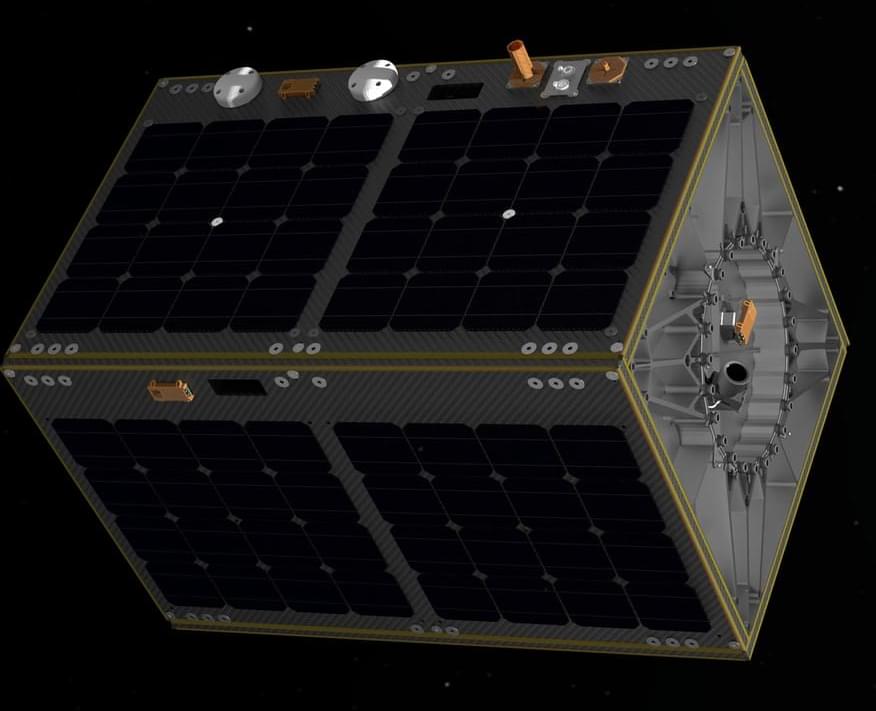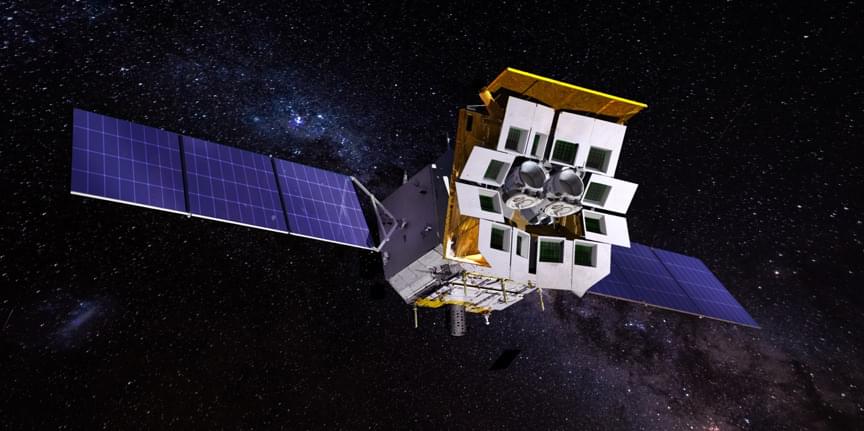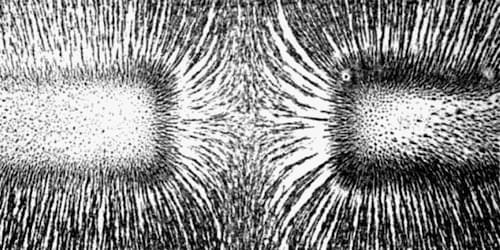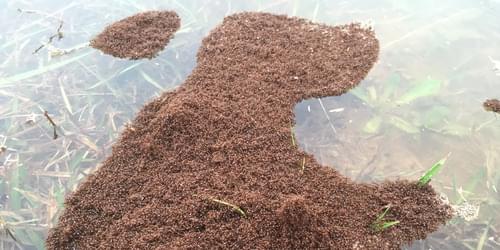A Spanish model agency created an AI model called Aitana, who is netting the company up to $11,000 a month.
The Quantum Insider (TQI) is the leading online resource dedicated exclusively to Quantum Computing.
Leyu Li is a speculative food designer and strategist based in London. In her work she explores the intersections of design, sociology, and gastronomy. She uses food as a medium to prompt discussions about broader issues, challenge perceptions, and stimulate public dialogue on the future of food. Leyu Li graduated from Goldsmiths, University of London BA Design in 2022 with a First Class Honours Degree.
During Dutch Design Week 2023, Leyu exhibited her project Broccopork, Mushchicken and Peaf at our headquarters, the Next Nature Evoluon in Eindhoven. In an effort to explore the public opinion towards cultured meat, she turned to TikTok. With her fictional influencer “Meaty Auntie”, she sparked online debate through short clips showcasing futuristic meat plants. Her videos already gained more than 3 million views so far.
“Artemis is a long-term exploration campaign to conduct science at the Moon with astronauts and prepare for future human missions to Mars,” said Amit Kshatriya.
In an unfortunate setback to NASA’s Artemis program, the space agency announced this morning that the Artemis II mission, which was originally scheduled for November of this year, has been postponed until September 2025, which also pushes back the Artemis III mission to September 2026. The Artemis II mission, which is slated to be the first crewed mission to the Moon since Apollo 17 in 1972, is still slated to carry astronauts Reid Wiseman (NASA), Victor Glover (NASA), Chrsitina Koch (NASA), and Jeremy Hansen (Canadian Space Agency), with the crew still involved with heavy training as they prepare for the historic mission.
This news unfortunately comes after NASA announced the United Arab Emirates will be providing the airlock for the Lunar Gateway, which will be space station in orbit around the Moon used to ferry astronauts to and from the lunar surface.
The reason for the delays is due to further testing of hardware and spacecraft systems to ensure the safety of astronauts on future missions, which includes addressing concerns from the Orion capsule found during the Artemis I mission in November 2022, along with concerns about Orion’s heat shield, which teams discovered pieces of char layers that were lost during re-entry, and investigations are still ongoing. The heat shield is responsible for protecting the Orion capsule from the extreme temperatures during Earth re-entry.
WASHINGTON — The Space Development Agency confirmed on Jan. 8 that it awarded Rocket Lab a $515 million contract to build and operate 18 spacecraft that will be part of a low Earth orbit network of military satellites.
SpaceNews first reported on this contract award on Dec. 23 after the agreement was disclosed in a regulatory filing.
Rocket Lab becomes the third supplier of SDA’s Transport Layer Tranche 2 Beta satellites — projected to launch in mid-2027 — that will carry radios using the UHF (Ultra High Frequency) and S-band frequencies that military and intelligence units rely upon for voice and low-speed data transmissions.
WASHINGTON — The U.S. Space Force has inked a $19.8 million deal with Microsoft to develop a virtual and mixed-reality training environment. This agreement positions the tech giant in the burgeoning military simulation market and expands its Azure cloud’s reach into space applications.
The one-year contract announced Jan. 5 is to continue work on an augmented reality space simulation tool that Microsoft started developing last year for the Space Systems Command in Los Angeles.
Dubbed the Integrated, Immersive, Intelligent Environment (I3E), the system features Microsoft’s HoloLens headsets, Azure cloud platform, and a mesh framework for building shared AR experiences. Together, these technologies enable an interactive model of space with accurately scaled orbital objects that users can manipulate in real time.
WASHINGTON — The startup Muon Space announced Jan. 9 it will explore the use of climate-monitoring satellites to capture cloud characterization data for the U.S. Air Force.
The Mountain View, California-based company, founded in 2021, is developing small satellites to monitor Earth’s climate and ecosystems.
Under a Small Business Innovation Research Phase 1 contract from the U.S. Air Force, Muon Space “will perform a feasibility study to determine the benefit of modifying its multispectral electro-optical infrared (EO/IR) instrument to support the Department of Defense’s cloud characterization observation capability,” the company said.
HELSINKI — China launched its Einstein Probe early Tuesday to detect X-ray emissions from violent, fleeting cosmic phenomena using novel lobster eye-inspired optics.
A Long March 2C rocket lifted off from Xichang Satellite Launch Center in southwestern China at 2:03 a.m. (0703 UTC), Jan. 9. The China Aerospace Science and Technology Corp. (CASC) confirmed launch success within the hour.
The Einstein Probe (EP) is part of growing Chinese strategic space science efforts. The spacecraft will spend at least three years observing distant, violent interactions such as tidal disruption events—in which stars are pulled apart by supermassive black holes—supernovae, and detect and localize the high-energy, electromagnetic counterparts to gravitational wave events.
Recent theoretical work has identified the possibility of a new and fundamental form of magnetism.
Collinear magnetism, where magnetic moments of all ions are parallel or antiparallel to each other, is a century-old concept in condensed-matter physics. In the past two decades, researchers began exploring the exotic world of noncollinear magnets, which include spin spirals, skyrmions, spin ices, and more. But more recently a fundamentally new form of collinear magnetism has emerged: altermagnetism. Like ferromagnetism, it breaks time-reversal symmetry and harbors anomalous transport properties, such as the anomalous Hall effect and magneto-optics. Like antiferromagnetism, it has, by symmetry, no net magnetization. The phenomenon was identified between 2019 and 2021 by four different groups [1–4]. In 2022, Libor Šmejkal of Johannes Gutenberg University Mainz in Germany and colleagues named it altermagnetism [5]. Despite its youth, altermagnetism is already proving a fertile field for theory and for proposed applications.
The rate at which a raft made of ants is stretched determines its properties because the ants take time to fix holes.

